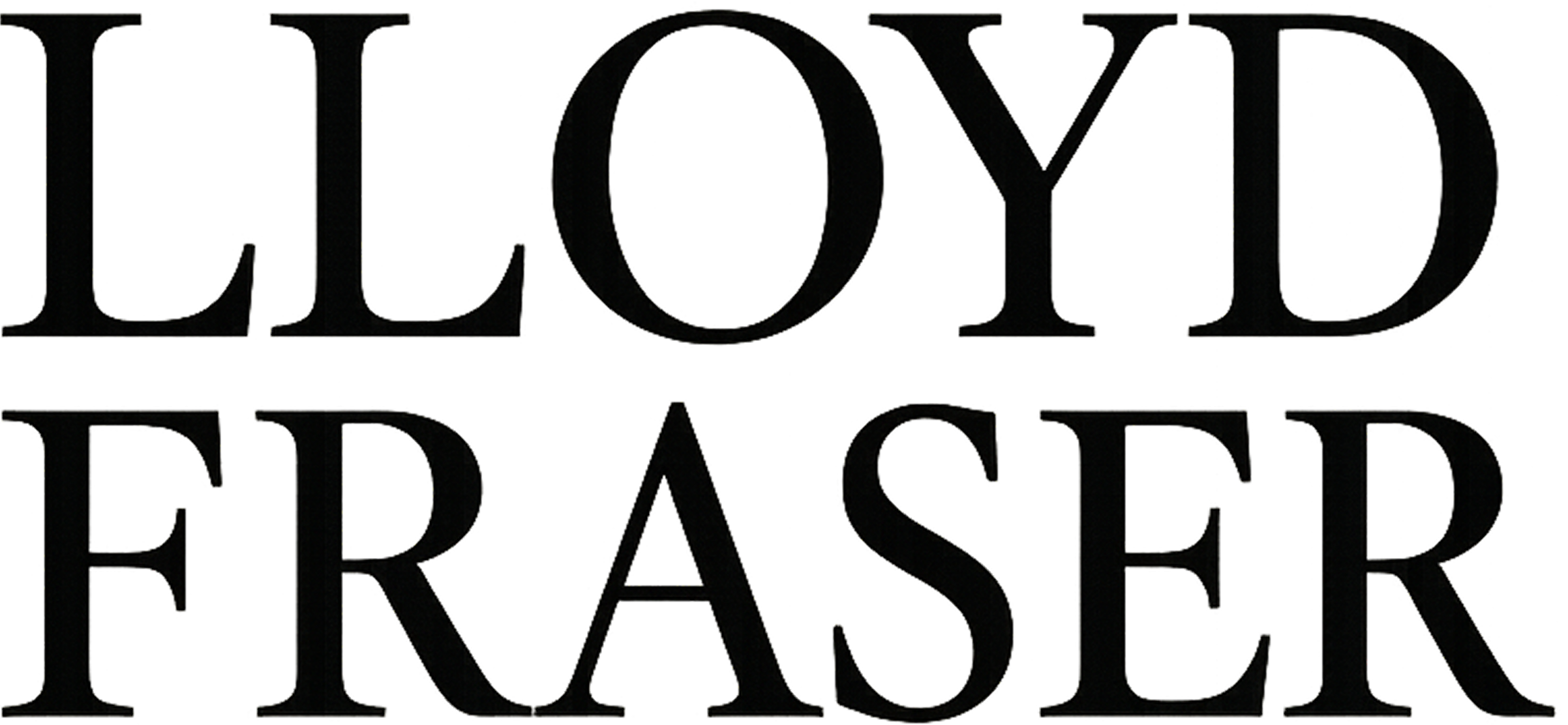15 Essential Professional Conduct Tips for Workplace Success
Master professional conduct with these 15 essential tips. Learn how to enhance workplace ethics, communication, appearance, and relationships for career success.

Professional conduct is the foundation of a respectful, ethical, and productive workplace culture. Whether you're new to the workforce or looking to sharpen your professional edge, understanding how to present yourself, interact with others, and make ethical decisions is critical. This guide offers actionable professional conduct tips to help you maintain integrity, communicate effectively, and build lasting professional relationships—online and offline.
What is Professional Conduct?
Professional conduct refers to the behaviors, attitudes, and actions that are expected of individuals in a professional setting. It serves as a framework for ethical and effective workplace interactions, ensuring that professionals maintain integrity, accountability, and respect in their roles. These behaviors are often governed by industry standards, organizational policies, or professional codes of ethics, which vary depending on the profession.
In essence, professional conduct is about more than just following rules—it is about upholding a standard of behavior that promotes trust, cooperation, and credibility in professional relationships.
Core Principles of Professional Conduct
Integrity
Integrity is central to professional behavior. It involves being honest, transparent, and consistent in actions and decisions. Professionals with integrity do not engage in deceit, manipulation, or unethical practices, even when such behavior might benefit them personally.
Respect
Respect in the workplace includes treating colleagues, clients, and stakeholders with courtesy and consideration. This means actively listening, acknowledging diverse perspectives, and avoiding discriminatory or offensive behavior. Respect fosters a positive and inclusive work environment.
Accountability
Accountability means taking responsibility for one’s actions and outcomes. Professionals demonstrate accountability by meeting deadlines, acknowledging mistakes, and working to correct them. This principle is essential for building trust and maintaining credibility.
Competence
Professionals are expected to maintain the skills and knowledge necessary to perform their roles effectively. This includes staying informed about industry developments and continuously improving through training or education.
Confidentiality
Protecting sensitive information is a vital aspect of professional conduct. Whether dealing with client data or proprietary business information, professionals must ensure that confidentiality is maintained unless disclosure is legally or ethically required.
The Role of Professional Codes of Ethics
Many professions are guided by a formal code of ethics or conduct developed by governing bodies or associations. These documents outline expected behaviors, common dilemmas, and disciplinary procedures for violations. Examples include:
- The American Bar Association’s Model Rules of Professional Conduct for lawyers
- The American Medical Association’s Code of Medical Ethics for physicians
- The Project Management Institute’s Code of Ethics and Professional Conduct
Adhering to these codes not only helps individuals navigate complex situations but also reinforces public confidence in the profession.
Professional Conduct in Daily Practice
Maintaining professional conduct is a daily commitment. It is reflected in how professionals communicate—whether through emails, meetings, or presentations—and how they respond to challenges or conflict. Common professional conduct tips include:
- Arriving on time and being prepared
- Maintaining a professional tone and appearance
- Following through on commitments
- Avoiding gossip or unprofessional language
- Giving and receiving feedback constructively
Consequences of Poor Professional Conduct
Failing to uphold professional standards can lead to serious consequences, such as disciplinary action, loss of professional licenses, damaged reputations, and even legal repercussions. Moreover, poor conduct can erode team morale and trust, ultimately affecting productivity and organizational success.
Cultivating a Culture of Professionalism
Organizations play a key role in promoting professional conduct by:
- Clearly communicating codes of conduct and ethical expectations
- Providing training and resources on workplace behavior
- Encouraging open dialogue about ethical concerns
- Recognizing and rewarding professional behavior
By fostering a culture that values professionalism, companies can enhance employee engagement, reputation, and overall performance.
Importance of Communication Standards in the Workplace
Effective communication is a foundational element of professional conduct in any workplace. Establishing clear communication standards helps ensure that messages are understood, tasks are completed efficiently, and working relationships remain respectful and productive. These standards serve as guidelines for how employees interact with one another, clients, and stakeholders, promoting a culture of transparency, accountability, and mutual respect.
Key Elements of Professional Communication
Clarity and Conciseness
One of the most critical aspects of workplace communication is clarity. Messages should be direct, well-structured, and free of unnecessary jargon. Whether communicating through email, reports, or verbal discussions, keeping messages concise helps prevent misunderstandings and saves time.
Tone and Professionalism
Maintaining a courteous and respectful tone is essential in all forms of workplace communication. This includes being mindful of written tone—especially in emails or chat platforms—where intentions can be easily misinterpreted. A professional tone fosters trust and reduces the likelihood of conflict.
Active Listening
Professional conduct includes not only how we speak but also how we listen. Active listening involves giving full attention to the speaker, avoiding interruptions, and responding thoughtfully. It shows respect and helps ensure that communication is a two-way process.
Timely Responses
Prompt communication demonstrates reliability and respect for others' time. Responding to emails, messages, and meeting invitations within an appropriate time frame helps maintain workflow efficiency and highlights a strong sense of responsibility.
Formal vs. Informal Communication Channels
Understanding when to use formal versus informal channels is another vital communication standard. Formal communication—such as company memos, official emails, and reports—is typically used for important updates, policies, or client communication. Informal communication, such as team chats or casual check-ins, can foster camaraderie but should still adhere to professional boundaries.
Nonverbal Communication
Body language, eye contact, and facial expressions also play a role in effective workplace communication. In virtual settings, this may translate to maintaining eye contact through the camera, appearing attentive during video calls, and using gestures appropriately. Being mindful of nonverbal cues helps reinforce spoken messages and builds stronger interpersonal connections.
Communication Policies and Training
Many organizations implement internal communication policies to outline expectations regarding language use, response times, digital communication etiquette, and confidentiality. Regular training on communication best practices can reinforce these standards and provide employees with tools to handle difficult conversations, give constructive feedback, and collaborate across departments.
Conflict Resolution through Communication
Communication standards are especially important in conflict resolution. Encouraging open dialogue, using neutral language, and focusing on facts rather than emotions can help de-escalate tensions. A respectful communication approach ensures that disagreements are addressed constructively, preserving workplace harmony.
The Role of Leadership in Setting Standards
Leaders and managers play a crucial role in modeling and reinforcing communication standards. By consistently demonstrating respectful and transparent communication, they set the tone for the rest of the organization. Encouraging feedback, being open to suggestions, and recognizing effective communication among team members further strengthens a culture of professionalism.
Benefits of Strong Workplace Communication Standards
Implementing and maintaining high communication standards brings several benefits:
- Improved team collaboration
- Higher employee engagement and morale
- Reduced errors and misunderstandings
- Enhanced client relationships
- Greater organizational efficiency
By fostering a culture of clear, respectful, and consistent communication, organizations can create a more productive and positive work environment for all.
Importance of Professional Appearance
Maintaining a professional appearance is a fundamental aspect of workplace conduct. It not only reflects personal pride and self-respect but also demonstrates respect for the organization, colleagues, and clients. A well-groomed and appropriately dressed individual is often perceived as more competent, reliable, and credible.
Dress Code Compliance
Understanding and adhering to the company's dress code is essential. Whether the environment is business formal, business casual, or includes uniforms, employees should ensure their attire is clean, neat, and appropriate for their role. Overdressing or underdressing can send the wrong message to clients and coworkers alike.
Grooming and Hygiene
Personal hygiene and grooming are equally important. This includes regular bathing, oral hygiene, neatly styled hair, and minimal use of strong fragrances. For individuals in customer-facing roles, attention to grooming is especially critical, as first impressions can significantly impact client relationships.
Professional Behavior in the Workplace
Professional behavior encompasses a range of traits and actions that contribute to a respectful and productive work environment. It is about how one communicates, interacts, and conducts themselves both in person and online.
Communication Etiquette
Clear, respectful, and polite communication—whether verbal, written, or non-verbal—is a cornerstone of professional behavior. Using appropriate language, maintaining eye contact, and active listening are all signs of professionalism. Avoiding slang, gossip, or inappropriate jokes also contributes to a more inclusive and respectful culture.
Punctuality and Reliability
Being on time for meetings, deadlines, and work hours shows respect for others’ time and reflects personal discipline. Consistently meeting commitments and being dependable builds trust with colleagues and supervisors.
Accountability and Integrity
Professionals take responsibility for their actions and decisions. Owning up to mistakes and learning from them demonstrates maturity and fosters a culture of growth. Integrity—doing the right thing even when no one is watching—is a key trait that employers value highly.
Positive Attitude and Teamwork
Maintaining a positive, can-do attitude contributes to a more collaborative and pleasant workplace. Professionals support their teammates, offer help when needed, and resolve conflicts constructively. Being approachable and respectful, even during stressful situations, sets a standard for others.
Online Professionalism
In today’s digital age, how one behaves online is just as important as in-person conduct. This includes professional email etiquette, appropriate use of company communication tools, and a respectful presence on social media platforms.
Email and Messaging
Emails should be concise, polite, and properly formatted. Use professional greetings and closings, proofread before sending, and avoid using personal slang or emojis in formal correspondence. When using instant messaging tools at work, maintain a courteous tone and avoid sending messages that could be misinterpreted.
Social Media Conduct
Employees should be mindful of their public social media profiles, especially if they are associated with the company. Posts that reflect poorly on one’s character or the organization can damage reputations and even lead to disciplinary action. It’s best practice to separate personal and professional accounts when possible and to follow company guidelines on social media use.
Continuous Improvement
Professionalism is not a one-time achievement but an ongoing commitment. Seeking feedback, attending training sessions, and observing workplace norms contribute to personal growth and improved professional behavior.
Employers often provide resources or professional development programs to help employees enhance their conduct and appearance. Taking advantage of these opportunities signals initiative and dedication to success.
Workplace Relationships and Boundaries
Understanding Professional Boundaries
Maintaining clear boundaries in workplace relationships is essential for fostering a respectful and productive environment. Professional boundaries help distinguish between personal and professional interactions, ensuring that all individuals feel safe, valued, and respected in their roles. These boundaries include emotional, physical, and digital limits that define appropriate behavior and communication among colleagues.
Professional conduct tips emphasize the importance of recognizing the line between friendliness and over-familiarity. While building rapport with coworkers is encouraged, it must not come at the expense of professionalism or workplace standards. Boundaries contribute to minimizing conflicts of interest, reducing the potential for harassment claims, and supporting a healthy organizational culture.
Building Respectful Workplace Relationships
Healthy workplace relationships are built on mutual respect, trust, and open communication. Employees should strive to:
- Treat all colleagues with courtesy and respect, regardless of role or seniority.
- Communicate clearly and professionally, both in person and through digital channels.
- Avoid gossip, favoritism, or any behavior that could create divisions or discomfort.
- Support inclusivity and diversity in team dynamics and collaboration.
Professional conduct includes knowing when to keep conversations work-related and when it is appropriate to engage in casual or personal dialogue. Understanding these social cues helps prevent miscommunication and maintains a respectful working atmosphere.
Managing Power Dynamics
Workplace relationships can become complicated when power dynamics are involved, such as between managers and subordinates. It is crucial for those in leadership roles to maintain impartiality and avoid relationships that could be perceived as biased or unethical.
Managers should:
- Avoid forming close personal relationships with direct reports to prevent conflicts of interest.
- Ensure all team members have equal access to opportunities and resources.
- Be transparent in decision-making and maintain professional boundaries at all times.
Employees should feel safe to report any concerns about inappropriate conduct or favoritism without fear of retaliation.
Digital Boundaries in the Workplace
In today's hybrid and remote work environments, digital boundaries are more important than ever. Professional conduct extends to emails, messaging platforms, and video calls. Guidelines include:
- Using professional language and tone in all digital communication.
- Respecting working hours and not expecting responses outside of agreed-upon times.
- Avoiding the use of personal social media to discuss workplace matters or colleagues.
Establishing clear guidelines for digital interactions reinforces trust and limits misunderstandings across teams.
Addressing Boundary Violations
When boundaries are crossed, it is important to address the issue promptly and constructively. Employees are encouraged to:
- Communicate concerns directly with the individual if they feel comfortable doing so.
- Use “I” statements to express how the behavior affects them (e.g., “I felt uncomfortable when…”).
- Seek support from HR or a supervisor if the issue persists or involves sensitive matters.
Organizations should provide clear policies and training on workplace conduct and ensure that reporting mechanisms are accessible and confidential.
References
- Society for Human Resource Management (SHRM). “Maintaining Professional Boundaries in the Workplace.”
- American Psychological Association (APA). “The Importance of Boundaries in Work Relationships.”
- U.S. Equal Employment Opportunity Commission (EEOC). “Preventing Harassment in the Workplace.”
- Harvard Business Review. “Managing Power Dynamics in the Workplace.”
Ethical Decision Making
Ethical decision making refers to the process of evaluating and choosing among alternatives in a manner consistent with ethical principles. It involves more than simply following laws or industry regulations—it requires individuals and organizations to consider fairness, integrity, transparency, and accountability in their decisions. In the context of professional conduct, ethical decision making is essential to maintaining trust, credibility, and long-term success.
Foundations of Ethical Behavior
Ethical decisions are rooted in core values such as honesty, respect, fairness, responsibility, and compassion. Professionals are often guided by a code of ethics relevant to their field, which provides a framework for navigating complex or ambiguous situations. For example, many industries—such as medicine, law, and journalism—have formal ethical guidelines that outline acceptable behavior and decision-making criteria.
Ethical decision making also involves awareness of potential conflicts of interest, the ability to recognize ethical dilemmas, and the courage to act according to one's principles even when it is difficult.
Steps in Ethical Decision Making
An effective ethical decision-making process typically includes the following steps:
Identify the Ethical Issue
Recognize that a decision or situation involves an ethical dimension. This may include potential harm to others, misuse of power, or a breach of trust.Gather Relevant Information
Collect facts and understand the context. Consider who will be affected by the decision and in what way.Evaluate the Alternatives
Consider the possible actions and evaluate them in light of ethical principles such as justice, fairness, and respect for rights.Make a Decision
Choose the option that aligns best with ethical values and professional standards.Take Action
Implement the chosen course of action with integrity and transparency.Reflect on the Outcome
After the decision has been made, evaluate its impact and consider what can be learned for future situations.
Common Ethical Dilemmas in the Workplace
Workplace environments often present ethical challenges, including:
- Conflicts of interest
- Misuse of company resources
- Discrimination or harassment
- Whistleblowing and reporting unethical behavior
- Balancing transparency with confidentiality
Professionals must navigate these dilemmas carefully, using established principles and seeking guidance when necessary.
Professional Conduct Tips for Ethical Decision Making
To strengthen ethical decision making in professional settings, consider the following best practices:
- Know Your Code of Ethics: Familiarize yourself with your organization’s or industry’s ethical standards.
- Lead by Example: Model ethical behavior for colleagues and team members.
- Encourage Open Dialogue: Create an environment where ethical concerns can be discussed without fear of retaliation.
- Seek Guidance: When in doubt, consult with mentors, compliance officers, or legal advisors.
- Document Decisions: Keeping records of how and why decisions were made can provide transparency and accountability.
By applying these tips consistently, professionals can foster a culture of integrity that supports ethical decision making at every level.
Professional conduct is more than a set of workplace rules—it’s a daily commitment to ethical behavior, respectful communication, and personal accountability. By applying these professional conduct tips, you can strengthen your credibility, support a positive work environment, and advance your career. Start small, lead by example, and continuously seek improvement—professionalism is a lifelong journey.




